
A Dog’s Life in Peru
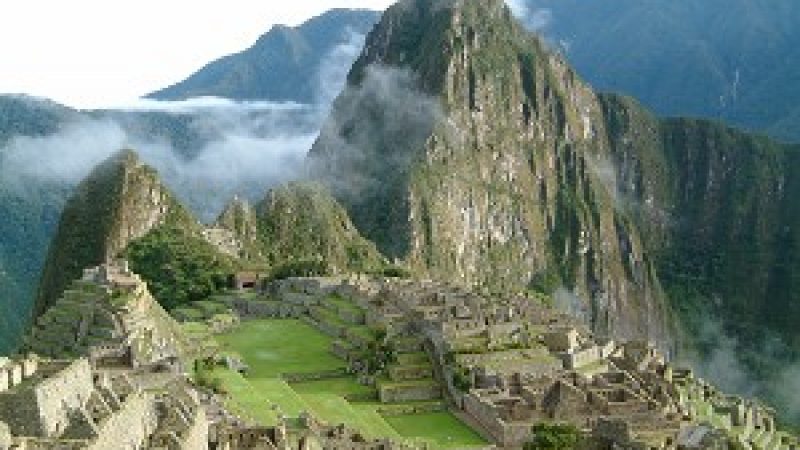
It is my first night in Cusco, the old Inca capital, and I am wandering around the city square. Dogs amble collarless and without leads or obvious owners. I wonder if somewhere in Peru there is a giant warehouse full of dog collars. Ten -year-old boys dodge traffic as they race to be the first to offer me a shoeshine. Indigenous people offer me alpaca ponchos, wooden flutes and artwork.
I am walking towards the cathedral when I see the Dalmatian – a pure-bred adolescent male. In Australia, a pup like this would sell for over $800. Having owned four Dalmatians, I cannot resist the urge to walk over and pat it. As it stops to sniff me, a boy who seems to be in charge of it jabs it with a stick, says something in Spanish and it moves on.
I proceed to the cathedral and marvel at the artwork. Jesus, the Virgin Mary and the apostles cram every available piece of space. The church was built over the smashed ruins of one of the most important Inca buildings – a deliberate policy of the Spanish invaders five centuries ago. The old religion, however, fought back. Taught to paint in the European style, some native artist has painted the Madonna and child sitting in a garden, with the sun and the moon – the two most important Inca gods – looking down on them. The old religion pops up elsewhere as I move from city to city.
The Peruvian countryside looks poor and inhospitable. Much of it is steep and rocky, and I wonder how these farmers eek out a living. Although much of the land had been terraced, I suspect that even if they had tractors they would have great difficulty getting them from terrace to terrace. Instead, they plough in the old way – with cattle-power.
At a small town market along the bus route, vendors offer us more of the same alpaca sweaters, cheap jewellery and wooden flutes. Children in bright national costumes hang on the edge of the market and beg for a nuevo sol – about $A0.40 – to let me take their photo.
A train trip brings us to Machu Picchu – the centrepiece of any trip to Peru. The old Inca fortress sits high in the mountains with a commanding view of the rugged jungle around it. It is hidden so deep in the forest the Spaniards never found it. I cannot imagine how the natives dragged these huge stone blocks up to these commanding heights. The Incas built with a system of inward leaning, interlinking stone blocks designed to resist earthquakes. They used no furniture – only shelves carved into the stone walls. There is a temple and altar, but, although the Incas practised human sacrifice, our guide assures us it was not practised here. Instead, they sacrificed the llama – their most valuable animal. A couple of hundred metres of stone steps further up the mountain leaves the visitor footsore, but astonished. The view from the top is majestic.
On Lake Titicaca, one of the highest lakes in the world, I see a lifestyle I could never have imagined. On the lake, some native people have made floating islands from mud and reeds. The hard mud comes loose from the lake bed during earthquakes, floats to the surface and the lake dwellers tie it together with reeds. The resulting artificial islands are held in place in the lake with long anchors.
The lake people live mostly on fish, but have recently been trading with the mainland for meat and vegetables, using income from tourists like me who pay to visit. On one island, their thatched house has a solar panel on top attached to car batteries and then to a black and white TV. On a second island, the solar power is connected to a phone box for communication with the mainland. It wouldn’t be my choice of lifestyle. But our guide points out that the inhabitants would have no land to farm if they came ashore. He shrugs his shoulders – this is how it is.
Onshore, the taxi drivers in the town of Puno have a simple way of dealing with traffic problems. If something is blocking the road ahead, honk. If something is moving towards you, honk. If the road is congested, but the other side is free, swing onto the wrong side of the road, honk like hell and flash your lights a lot. After two trips like this, I learnt to sit in the front – that’s where the seat belts are.
It is not until the bus ride back to Cusco that I see where the dog collars are. Two boys are leading their family’s animals along the side of the road. I do a double take when I realise the llama and the pig have ear tags and collars. I ask my guide. These are income-producing animals, he explains. Dogs are not. The farmers cannot afford wooden fences, just low stone walls and even these are not always complete. If the animals get mixed up with another herd, there must be some way to tell who owns what. Hence, ear tags and collars. The dogs, however…well…you can easily get another dog.
(The Epoch Times)
















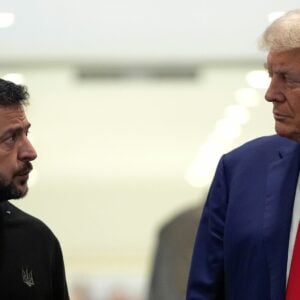
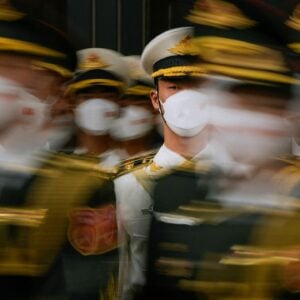
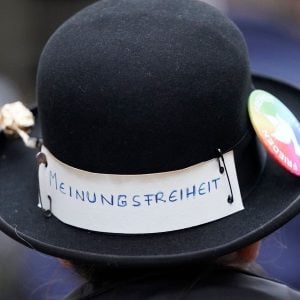


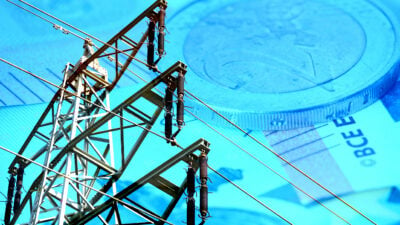

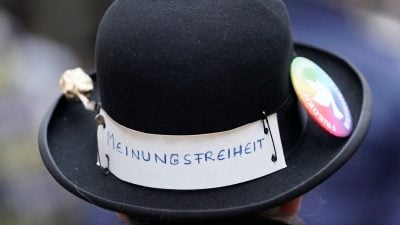
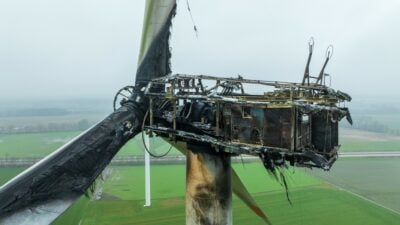
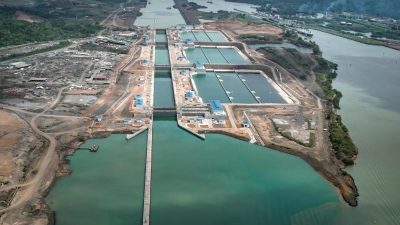
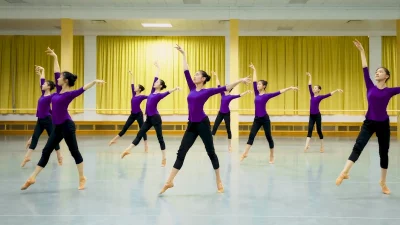
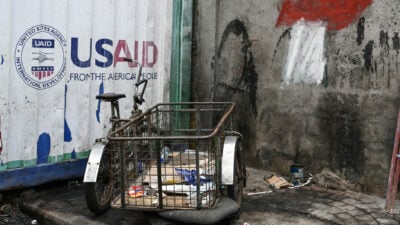
vielen Dank, dass Sie unseren Kommentar-Bereich nutzen.
Bitte verzichten Sie auf Unterstellungen, Schimpfworte, aggressive Formulierungen und Werbe-Links. Solche Kommentare werden wir nicht veröffentlichen. Dies umfasst ebenso abschweifende Kommentare, die keinen konkreten Bezug zum jeweiligen Artikel haben. Viele Kommentare waren bisher schon anregend und auf die Themen bezogen. Wir bitten Sie um eine Qualität, die den Artikeln entspricht, so haben wir alle etwas davon.
Da wir die Verantwortung für jeden veröffentlichten Kommentar tragen, geben wir Kommentare erst nach einer Prüfung frei. Je nach Aufkommen kann es deswegen zu zeitlichen Verzögerungen kommen.
Ihre Epoch Times - Redaktion